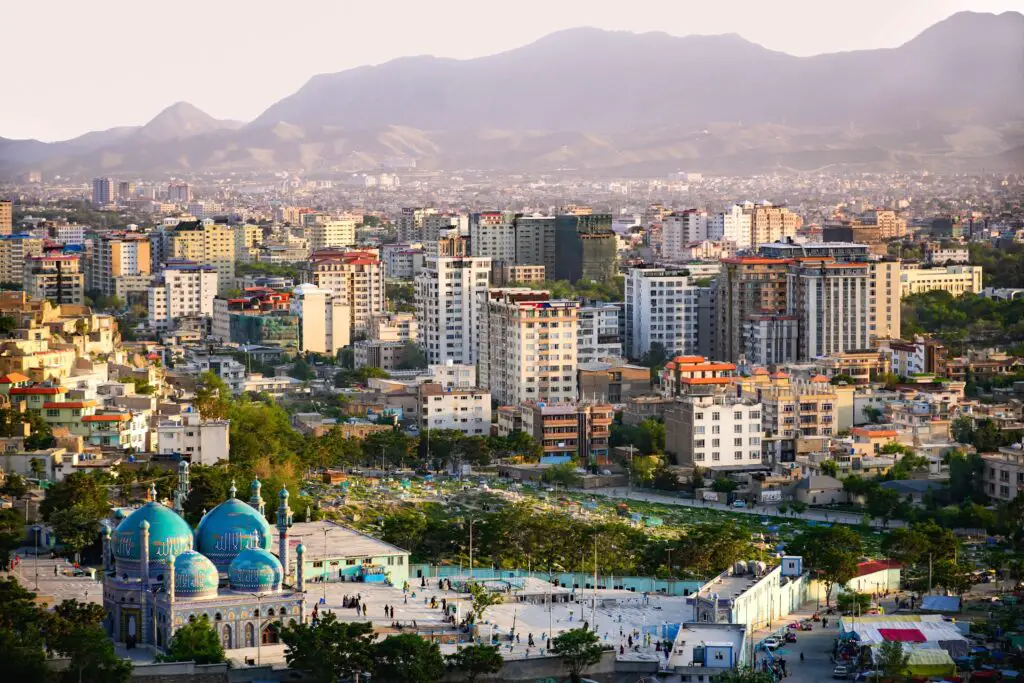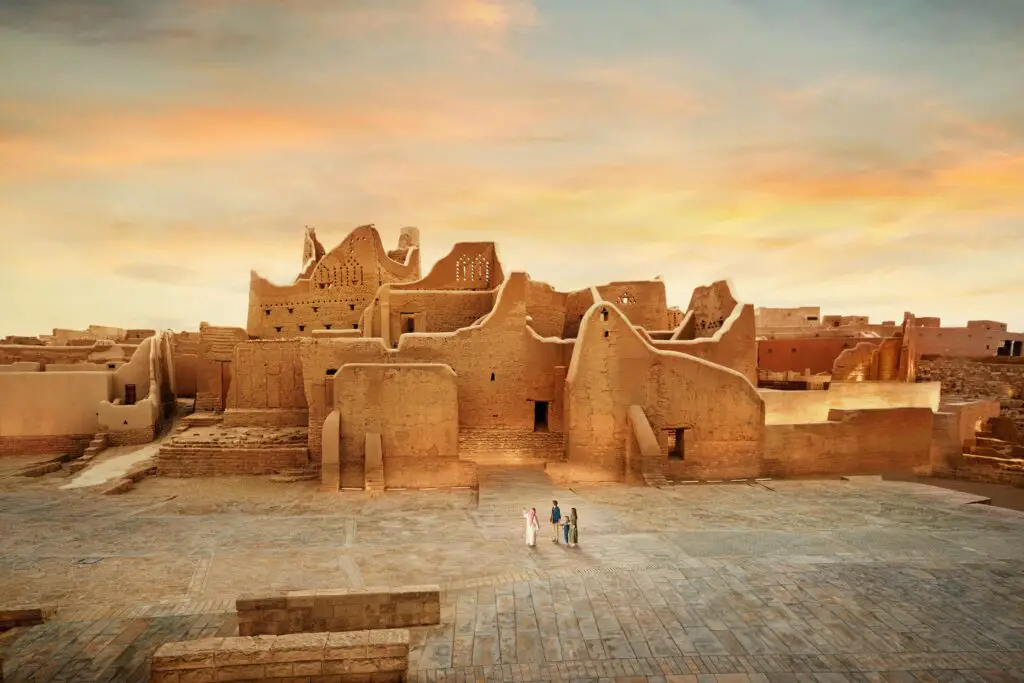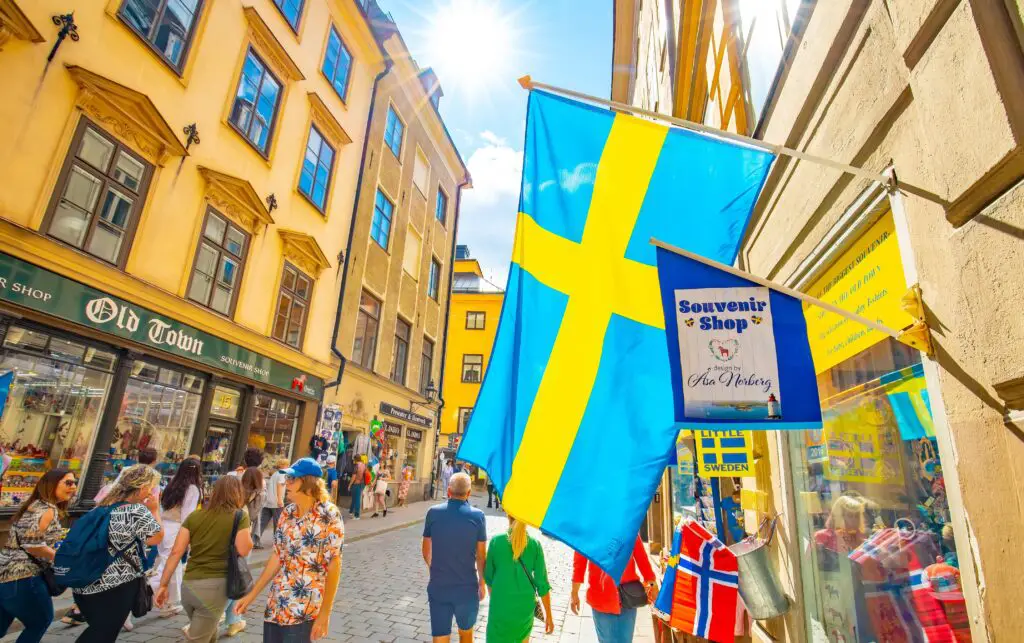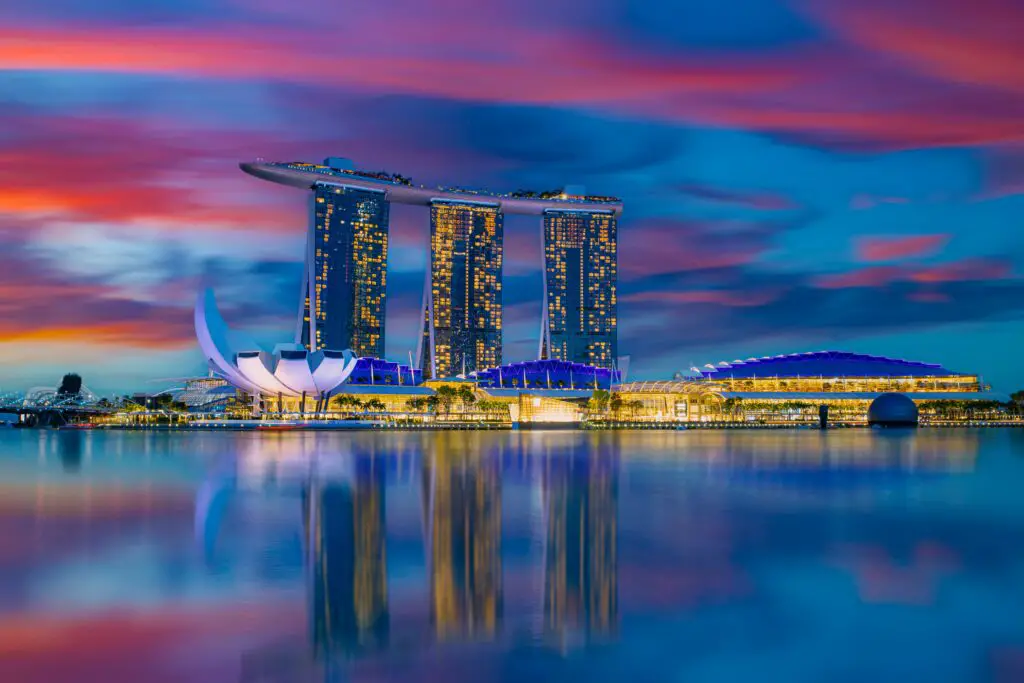1. Iran

In Iran, dancing in public is considered a crime, especially for women. It might sound hard to believe, but under strict Islamic law, any dancing that’s not done in private or approved religious ceremonies is prohibited. Men and women can’t dance together, and even solo performances by women can result in arrest. There have been several high-profile cases where Iranians were jailed just for posting dance videos online. You may remember the viral case of a young woman named Maedeh Hojabri, who was arrested for dancing to pop music on Instagram. It caused an uproar and even sparked a movement, but the law still hasn’t changed. People continue to dance in secret, sometimes at underground parties that could lead to serious legal consequences if discovered shares the Daily Mail.
Despite the restrictions, dance remains a form of quiet rebellion in Iran. Some Iranians turn to online platforms to share their moves, using VPNs and aliases to avoid detection. The risk is real, but so is the desire for self-expression. It’s heartbreaking to think that something as universal as dancing can land someone in jail. It’s not just about music and movement—it’s about freedom. And for many Iranians, dancing in secret is their way of holding on to a piece of it adds BBC.
2. Kuwait

Dancing in Kuwait isn’t exactly illegal across the board, but public dancing, especially in mixed-gender settings, is considered inappropriate and often shut down by authorities. Concerts and weddings have been interrupted by police when the dancing goes too far beyond what’s deemed acceptable. In public spaces, dancing is seen as disruptive and even offensive by conservative standards. That means even busting a move at a music festival or club can be risky. While private celebrations have a little more leeway, the moment it spills into the public eye, it becomes a problem says Los Angeles Times.
Cultural norms play a huge role here, and there’s a fine line between celebration and what’s viewed as public indecency. People still dance, of course, but it’s usually behind closed doors or in more discreet settings. The younger generation, influenced by global trends, often pushes back, but they know to tread carefully. Videos that surface online can cause backlash or even lead to arrests. Dancing might be joyful, but in Kuwait, it can also be controversial adds the New York Times.
3. Afghanistan

Under Taliban rule, dancing is strictly forbidden, especially in public and especially for women. Traditional celebrations that once included music and dance have been silenced. Even private gatherings are closely watched, and being caught dancing could result in arrest or worse. It’s not just about the act of dancing, but the symbolism behind it—joy, freedom, expression. All things the regime sees as threats to their strict interpretation of Islamic law.
Before the Taliban regained control, dance was slowly returning to Afghan life, with young people cautiously embracing music and movement. Now, many of those hopeful steps forward have been erased. There are underground pockets where people still gather to dance in secret, but it’s incredibly risky. The danger doesn’t just come from the government—it can come from neighbors, friends, even family. Still, some brave souls continue to dance, even if only in private, as a form of resistance.
4. Saudi Arabia

Saudi Arabia has long banned public dancing, and although things have loosened a bit under Crown Prince Mohammed bin Salman’s modernization efforts, it’s still a gray area. Officially, dancing in public remains frowned upon and can attract police attention, particularly if it’s between men and women. Even dancing at concerts can be cause for concern, depending on the setting and who’s watching. People have been arrested or kicked out of venues for getting too enthusiastic.
Despite the conservative rules, dance hasn’t disappeared completely. It’s common at private parties and weddings, and traditional dances like the ardha are performed during official events. But Western-style dancing, especially when posted online, can stir controversy fast. Social media videos showing people dancing in public have led to arrests and public shaming. So while there’s some wiggle room now, the line between fun and illegal is still thin.
5. Indonesia (Aceh Province)

Indonesia is a diverse country, but in Aceh Province, Sharia law is enforced, and dancing in public can land you in serious trouble. Women in particular are restricted from dancing, especially if men are around. Celebrations that include music and dance are often shut down if they don’t align with religious rules. There have been cases where school events were canceled or restructured to remove dance performances altogether.
Even traditional dances can be considered inappropriate depending on the interpretation of the law. Some residents have tried to keep cultural practices alive while staying within the bounds of religious expectations. But it’s hard to celebrate your heritage when the local government sees it as immoral. Tourists are usually left alone, but locals don’t have the same freedom. It’s a tricky balance between culture and control.
6. Japan (Until 2015)

Believe it or not, Japan had a law on the books that made dancing after midnight illegal for decades. It dated back to 1948 and was originally intended to curb prostitution and crime in dance halls. For years, nightclub owners had to get special permits to allow dancing, and those who didn’t could be raided by police. Many clubs either ignored the rule or found creative ways around it, like asking patrons not to actually dance.
The law became increasingly outdated as dance culture grew in popularity, especially among younger generations. It wasn’t until 2015 that the government finally lifted the ban. But for a long time, people had to literally sit still to avoid trouble. It’s wild to think that Tokyo, a global nightlife hotspot, once discouraged dancing altogether. Even now, some local areas still have lingering restrictions. Change comes slowly, even for something as simple as dancing.
7. Nigeria (Certain Regions)

In some northern states of Nigeria, where Sharia law is enforced, public dancing is restricted or banned entirely. Celebrations like weddings are often monitored, and if the dancing is deemed too suggestive or mixed-gender, it can be stopped by religious police. People have been arrested for organizing dance events or even just participating in them. The rules vary by region, which makes things confusing and risky for travelers and locals alike.
This hasn’t stopped Nigerians from dancing altogether—music and movement are deeply rooted in the culture. But in these areas, people have had to scale back or change how they celebrate. What might be a joyful wedding dance in one part of the country could be illegal in another. It’s frustrating, especially for younger generations who want to express themselves. But in these strict areas, even joy has its limits.
8. Sweden (Until Recently)

You wouldn’t expect it from a country as progressive as Sweden, but until just recently, venues needed a special permit to allow dancing. That meant bars and clubs could actually get in trouble if people spontaneously started dancing without the right paperwork. The law was widely criticized and seen as outdated, but it lingered for years. Police would sometimes fine or shut down places for unlicensed dancing.
In 2023, Sweden finally scrapped the rule, making it legal to dance without a permit. Still, it’s wild that it lasted that long. For years, bar owners had to either enforce awkward no-dancing policies or risk getting cited. People joked about it, but it really did stifle nightlife. Thankfully, Swedes can now dance freely without worrying about breaking the law. But the fact that it was illegal for so long is a strange footnote in an otherwise open society.
9. Maldives

The Maldives may look like a tropical paradise, but its conservative Muslim laws make public dancing a sensitive issue. Local events, especially those involving mixed genders, are carefully monitored. Traditional Maldivian dances are allowed, but Western-style dancing is frowned upon. Tourists can dance at private resorts, but locals don’t have the same freedoms.
There have been cases where local parties were broken up because dancing was involved. Even private events can lead to problems if they’re reported to authorities. It’s a complicated contrast—the island nation thrives on tourism where dance is part of the entertainment, yet locals face harsh limits. People often feel like they’re living in two different worlds. For locals, a simple dance could be a risky act of defiance.
10. Germany (On Certain Holidays)

In Germany, dancing is banned on certain religious holidays known as “Tanzverbot” or “dance bans.” These include Good Friday, All Saints’ Day, and several others depending on the region. On these days, clubs and bars are either closed or required to keep the music low and the dance floor empty. The idea is to maintain a sense of solemnity and respect.
Not everyone agrees with the rule, especially in cities with vibrant nightlife like Berlin. There have been protests and even dance-ins to challenge the ban. But for now, the law still stands in many states. It’s not a year-round restriction, but it still surprises visitors. Imagine planning a night out only to be told dancing isn’t allowed that day. It’s a unique mix of tradition and modern conflict.
11. Singapore (Strictly Regulated)

Singapore doesn’t outright ban dancing, but it has strict licensing requirements for any venue that allows it. Clubs and bars must follow very specific rules, including closing times and surveillance requirements. If a venue doesn’t have the proper license, even spontaneous dancing could lead to fines or closure. It’s all part of the country’s famously strict approach to public order.
Over the years, there’s been pushback from the arts and nightlife communities. Still, the government emphasizes structure over spontaneity. While you can dance in approved spaces, doing it anywhere else might get you in trouble. It makes the act of dancing feel more controlled and less free-spirited. Fun has its place in Singapore—but only if it’s pre-approved.
12. Bhutan

In Bhutan, public dancing isn’t exactly illegal, but it’s heavily discouraged outside of religious or official cultural contexts. The country places a strong emphasis on preserving traditional values, and Western-style dancing doesn’t really fit that mold. Events like nightclubs or music festivals are nearly nonexistent. If someone tries to organize a dance event, they often face so many bureaucratic hurdles that it’s practically impossible.
That said, traditional dance is celebrated and respected, often performed in temples or during government ceremonies. But impromptu dancing in public? That would be seen as inappropriate. For young people exposed to global pop culture, the limits can feel stifling. Bhutan values quiet reflection over boisterous celebration. So while the views are beautiful, the dance floors are empty.
13. United States (Some Towns)

Even in the land of footloose freedom, there are places in the U.S. where dancing is still technically illegal without the right permit. Some small towns, like Purdy, Missouri, or Pound, Virginia, have laws that ban dancing entirely or restrict it based on outdated moral codes. These laws are rarely enforced but still exist on the books. They’re usually rooted in religious conservatism or attempts to prevent “immoral behavior.”
You might remember the movie Footloose, but for some towns, that story is real. Community members have tried to overturn the bans, but it’s slow-going. Most residents either ignore the rules or dance in private. But legally speaking, you could still get in trouble in certain places. It’s a reminder that even in modern America, old laws can still do a little toe-tapping on your freedom.
